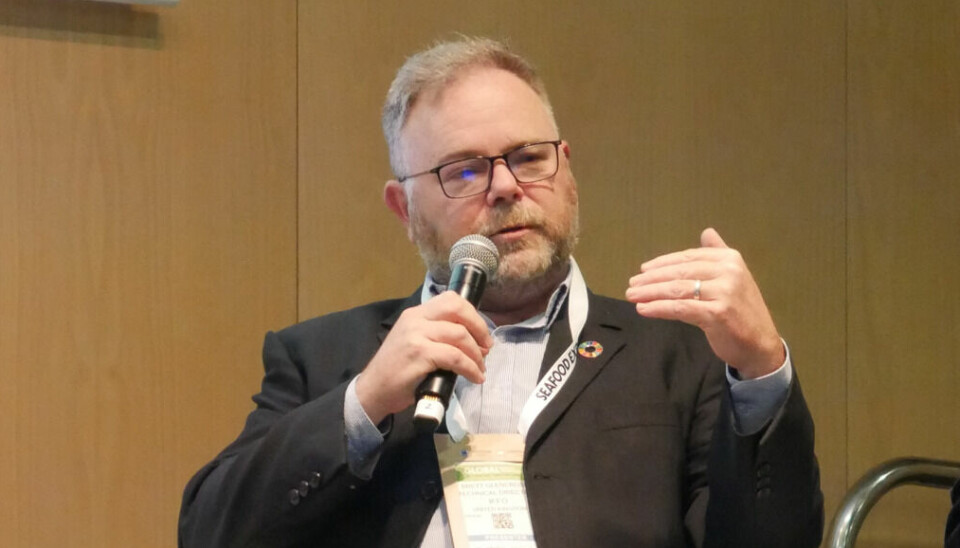
A huge opportunity slipping through the net
An extra 20 million tonnes of fish oil and fishmeal could be made from by-products if supply and logistics chains can be properly aligned worldwide, says marine ingredients expert Brett Glencross
Marine ingredients from the by-products of fish used for human consumption are already used in fish feed formulations and other animal feeds. But the amount available could be massively increased, according to Dr Brett Glencross, technical director for IFFO, the marine ingredients organisation.
“Global fish oil production is more than 50% from by-products already – that’s more than 600,000 tonnes of fish oil coming from by-products right now,” explained Glencross during a discussion held as part of the Seafood Expo Global conference programme in Barcelona last week.
“For fishmeal, it’s round about 30% (from by-products) so it’s round about 2 million tonnes of marine ingredients that’s already coming out of by-products. About 6-8 million tonnes of raw materials is being processed to make those ingredients.
Options for improvements
“Certain regions around the world tend to do this better. It’s often to do with the connectivity between the supply chains and the connections that exist within those sectors, but there’s still a lot of options for things that we can do to improve there.
“For example, here we are at Seafood Expo, with 180 million tonnes of seafood being harvested every year around the world and we only eat half of it. The typical meat yield of that seafood is 50%, at best. So that’s 90 million tonnes of biomass, and generally you’d divide by four to work out how much marine ingredient you’re going to make. That’s around about 22.5 million tonnes of fishmeal and fish oil out there.
“That’s probably about 20 million tonnes over and above what we’re already doing if you could manage things perfectly. That will never happen, but it shows the scope on paper of where we could see the potential growth in the sector by not tens of thousands of tonnes, like we’re seeing with single cell proteins or insects, but by millions of tonnes if we align supply chains and logistic chains properly.”
Better alignment
Glencross, formerly Professor of Aquaculture Nutrition at Stirling University’s Institute of Aquaculture, said organisation was the key.
“It’s just about better aligning things, and making sure that resource is better managed, and secured, looked after, and processed and stored.”
Asia, excluding China, is generally the biggest by volume (~670,000 tonnes per annum in 2020) in terms of production from by-products, he told Fish Farming Expert.
“Europe is also on the right path (480,000 tonnes annually) and better than many other parts of the world, but still has a lot of opportunity for growth. Latin America is also another big producer (~400,000 tonnes p.a.). However, the other regions around the world tend to be less than 500,000 tonnes in total, with that including some major seafood producing regions. So, clearly there’s some scope for better connecting things up and securing that resource.”
Cold chain and traceability
Several requirements must be met to enable production from by-products.
These are maintenance of cold chain to secure quality, maintenance of traceability to ensure no IUU (fish from illegal, unreported and unregulated fishing), proximity between processing and rendering, consolidation of small processing into scale (or at least some strategy that allows collection from multiple small processors), so that the justification for rendering can be made, explained Glencross.
“The world is beginning to value these by-products and side-streams more than it used to, and we are moving towards a zero-waste concept, but there is still a long way to go to make the best use of everything,” he said.






















































